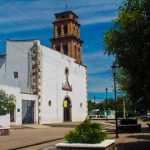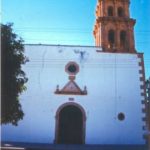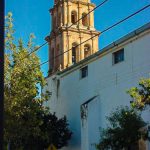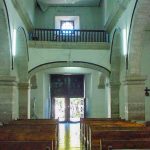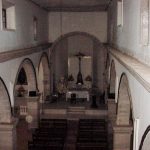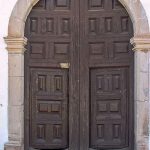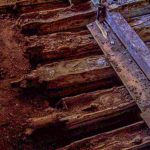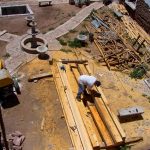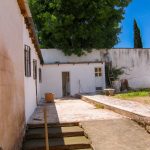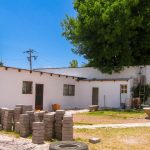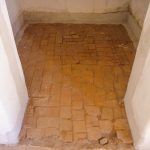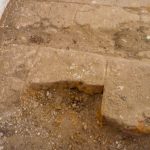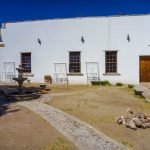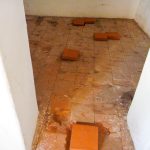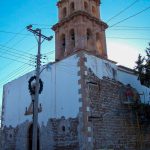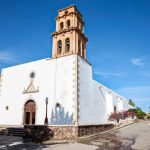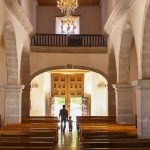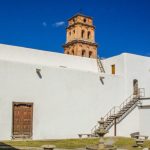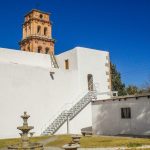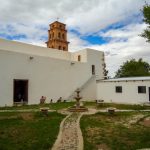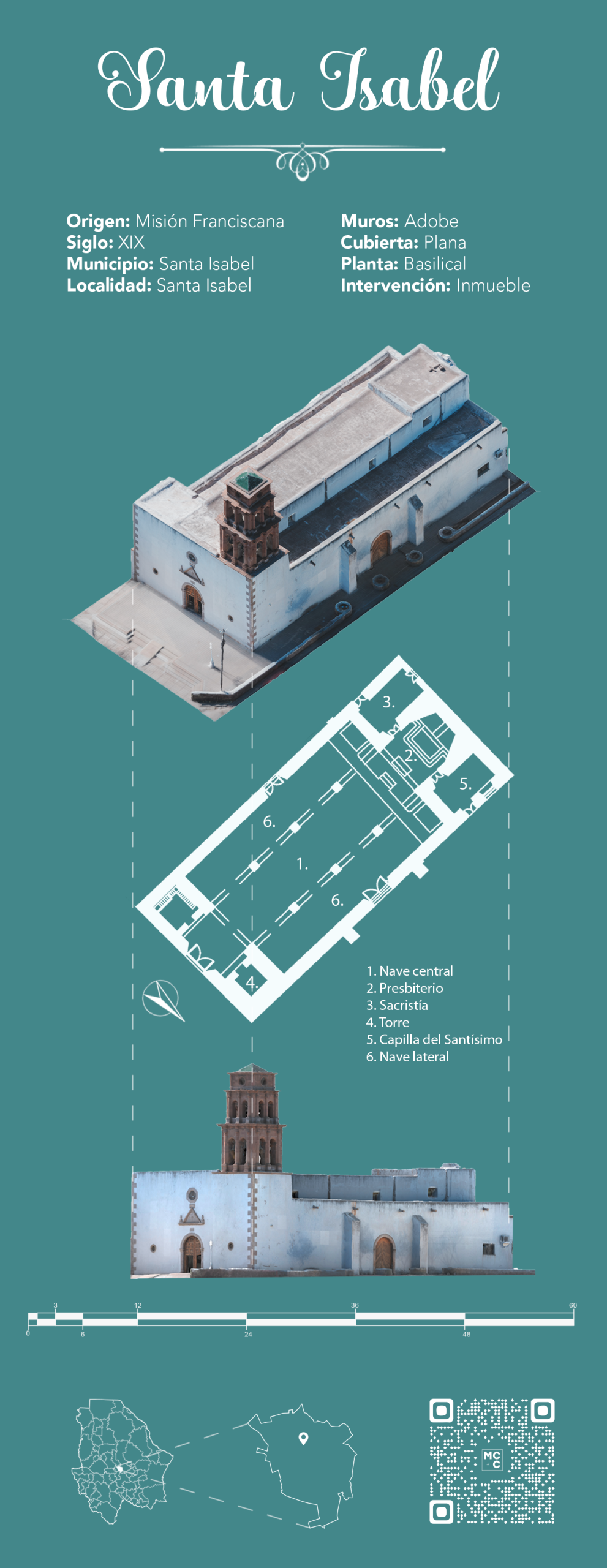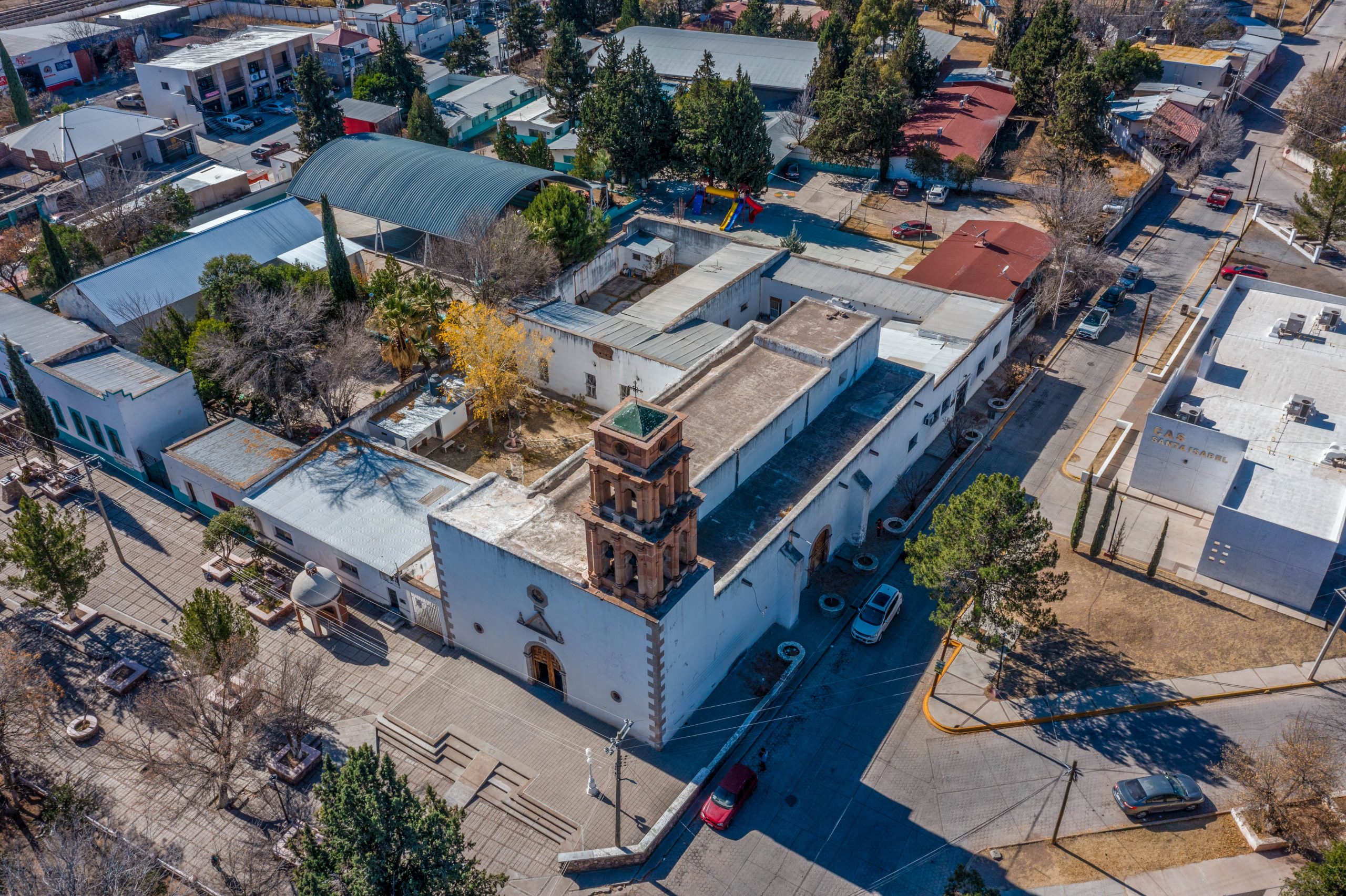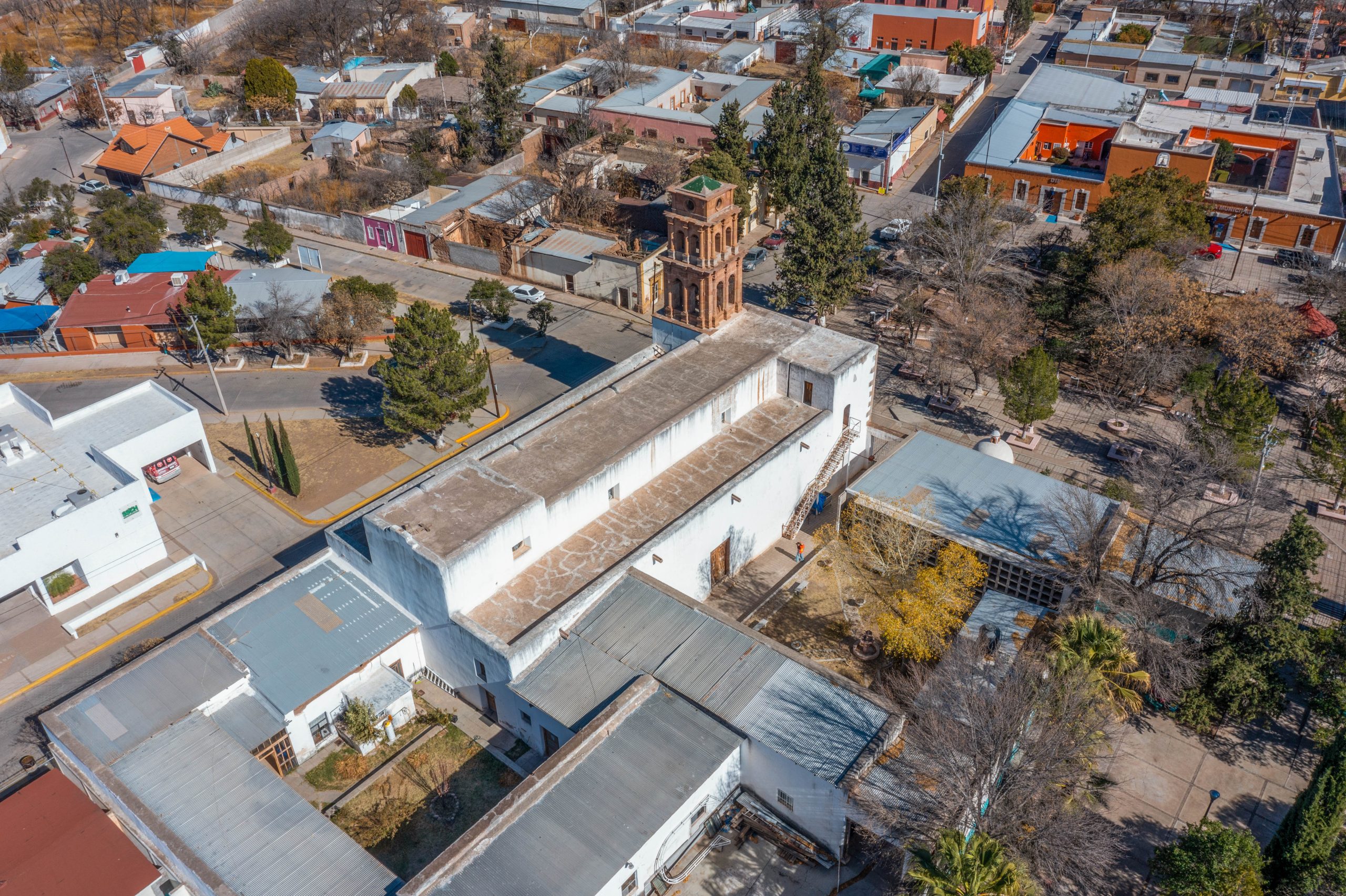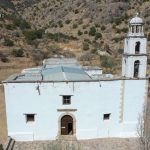Santa Isabel
Santa Isabel


Santa Isabel is located approximately 50 kilometers west of the city of Chihuahua, in the heart of the state, on the banks of the river of the same name. Founded in 1668 by Franciscan friars under the name Santa Isabel de Tarahumares—in reference to the predominant indigenous group in the region—this settlement was established as a typical colonial-period town: a grid layout centered around the main plaza, flanked by government buildings and the church.
As early as 1640, the existence of an indigenous community in the area is mentioned, and it was then that the Bishop of Durango considered the mission to have enough neophytes and resources to be established as a parish. Saint Elizabeth of Hungary, founder of the Third Franciscan Order for women, was chosen as the patron saint, and her feast has been celebrated on November 19 ever since.
However, the mission was not fully established until 1650, and just a few years later, in 1652, it was devastated by the rebellion led by the indigenous leader Teporaca, who swept through the region and set fire to the church. According to the chronicler José de Arlegui, the mission was not rebuilt until 1668, marking a new beginning for Santa Isabel.
Over time, the settlement became part of the Corregimiento of Chihuahua in 1718, and its proximity to the mines of San Felipe del Real (today Ciudad Chihuahua) led many of its inhabitants to be sent to work forcibly on the town’s projects. By the mid-18th century, the indigenous population had declined considerably, to the point that neighboring haciendas, such as Santa Ana and La Baeza, had to hire workers from other regions.
In 1752, the mission was secularized, and by 1798, only five indigenous families were recorded in the area. Since then, Santa Isabel functioned as a parish dependent on the Diocese of Durango. The current church, located on the original site of the old mission, was completely remodeled in 1845. It still preserves its axe-hewn timber structure and is divided into three naves by semicircular arches. The site of the former convent now houses a school, and the atrium—which also served as a cemetery—has been transformed into a public plaza.
Santa Isabel is also a spiritual landmark for the state of Chihuahua, as in 1937 its parish priest, Pedro de Jesús Maldonado, was brutally beaten by municipal authorities in the town hall building, dying on February 11 from his injuries. A victim of religious persecution, Maldonado was beatified in 1992 and canonized in 2000, becoming the only saint native to the state.
In August 2004, Misiones Coloniales de Chihuahua A.C. was contacted by Presbyter Pedro Chávez Carrillo to invite the association to conduct an inspection visit to the Santa Isabel church. At the end of 2004, the restoration project was presented, and from 2005 to 2009, full restoration work was carried out. This included the repair of all timber roofs and terrados, with the goal of removing a metal sheet overlay that had been installed over all the naves around the 1950s.
The cement plasters on the walls were replaced with lime-and-sand mortars. Spaces were restored and dignified through cleaning and lime painting, and the mosaic floor was replaced with an unpolished marble floor.
A major achievement of this project was the combined effort of the three levels of government, but the main contributions came from the beneficiaries, who ensured the continuity of the work through organizing events and donations, bringing it to completion by the end of 2009.
INVERSION $1,186,000.00 MXN
PHASE I $516,000.00 (2005)
Wall consolidation, removal of floors, and beginning of replacement of the side roofs.
- “Colonial Missions” program with SECTUR.
- Municipal Government of Santa Isabel
- Community and Parish
PHASE II $160,000.00 (2006)
Restoration of the stonework on the tower, electrical installation, and main roof.
- “Colonial Missions” program with SECTUR.
- Government of the State of Chihuahua
- Municipal Government of Santa Isabel
PHASE III $360,000.00 (2007)
Replacement of roofs, wall consolidation, carpentry restoration, and electrical installation.
- “Colonial Missions” program with SECTUR.
- Government of the State of Chihuahua
- Municipal Government of Santa Isabel
PHASE IV $150,000.00 (2008)
Reintegration of wall paint, replacement of exterior cobblestone floors, metalwork, and carpentry.
- “Colonial Missions” program with SECTUR.
- Government of the State of Chihuahua
- Municipal Government of Santa Isabel
- Community of Santa Isabel
Armando Becerra was the master builder in charge of the church restoration works. He resides in Santa Isabel and is an active member of the committee responsible for the church’s conservation, together with the parish. For more than 10 years, he has collaborated with MCC on the restoration and conservation of churches in this and other communities.
On-site contact:
Armando Becerra
Master Builder of the Church.
(614) 216 22 72 caseta


